The Institute for Local Self-Reliance (ILSR) 2025 Community Power Scorecard surveyed how states are doing in 18 policy areas, revealing that states overall have not improved much since last year. While three fewer received failing grades this year, only one received an above-average score.
According to ILSR, states that score the highest support locally owned clean energy and competitive access to the grid, empower communities to be more self-reliant and ensure that everyone benefits from clean energy. Those that receive the highest score are seen by ILSR to be holding “utilities accountable, protecting consumers and competitors from inflated costs and other abuses of monopoly power.”
Comparing this year’s Scorecard to 2024, states overall have shown marginal improvement. Three fewer states failed (23 in 2025 compared to 26 in 2024), the number of Ds dropped by one in 2025, two more states got Cs than in 2024 and Illinois managed to be the lone state both years to earn a B.
Methodology
The 18 policies evaluated on the questions shown below, and states can earn a maximum of 87 points. A state can earn negative points when having a policy is worse than not having a policy.

Net metering
Net metering policy is a common rule in nearly every state and one of the key policy criteria evaluated in the report. The rule varies state by state, but it generally allows ratepayers who generate their own electricity to get a credit on their bill for what they generate.
On the 2025 Scorecard, nine states received the maximum score, which is up from seven in 2024: Delaware, District of Columbia, Maryland, Minnesota, New Hampshire, New Jersey, New York, Oregon, and Virginia. Only South Dakota received a zero.
Third-party ownership
Though it has fewer benefits than full ownership, third party ownership (also called a lease or a power purchase agreement) increases access to solar by removing the upfront installation and maintenance costs.
On the 2025 Scorecard, the maximum score of six was received by 24 states plus the District of Columbia and Illinois received a six. Eleven states received zero.
Interconnection
Interconnection is one of the great bottlenecks in U.S. solar today and the Scorecard evaluated state standards and timelines for connecting renewable energy projects to the electric grid. While Public Utility Regulatory Policies Act (PURPA) gives independent power producers the right to compete in the power generation market, private monopolies control the distribution grid. Therefore the Scorecard looks at how well states support the development of distributed energy generation and local ownership of clean energy by diminishing the power and abuses of monopoly utilities.
New Mexico is the only state that received the maximum of eight points because it has a provision on equitable interconnection. Twelve states received zero.
Hosting capacity analysis
States that require utilities to publish certain information on where clean energy can be added to the grid ensures that independent power producers can make the best decisions for where to try and install a project. According to ILSR model policy for hosting capacity analysis requires the utility to run the analysis and publish a freely accessible map and to update it monthly or even daily.
Twelve states received the maximum score of two, while all others received zero.
Community solar
ILSR also evaluated state-level community solar policies. Community solar provides a way for people to benefit from solar energy who may be unable to install solar either due to financial restrictions or because they do not have a suitable rooftop for solar. ILSR looks for virtual net metering in the community solar policy, which allows many individuals to receive credit for the electricity generated by a single solar facility.
ILSR states that “a model community solar policy has no cap, has a fair compensation rate, simplifies the billing process for subscribers, meaningfully accounts for the challenge of reaching low- and moderate-income (LMI) subscribers, and rewards other beneficial development or small subscriber-friendly practices.”
Like last year, Maryland was the only state to receive the maximum number of points (13), with 31 states receiving zero.
Other measures the states were evaluated on for the 2025 Community Power Scorecard include community choice energy, renewable portfolio standards, integrated resources plan approved, and more.
Read the full scoring methodology. Note that ILSR’s Community Power Scorecard evaluates state policies as they are written, not their implementation.
In looking at state policy, ILSR compiles data from the Center for Biological Diversity/Energy and Policy Institute, Clean Energy Works, DSIRE, Energy Justice Lab, Freeing the Grid (IREC and Vote Solar), Inside Climate News, NARUC, and SolarReviews.
To compare state policy environments, explore ILSR’s interactive Community Power Map.
This content is protected by copyright and may not be reused. If you want to cooperate with us and would like to reuse some of our content, please contact: editors@pv-magazine.com.

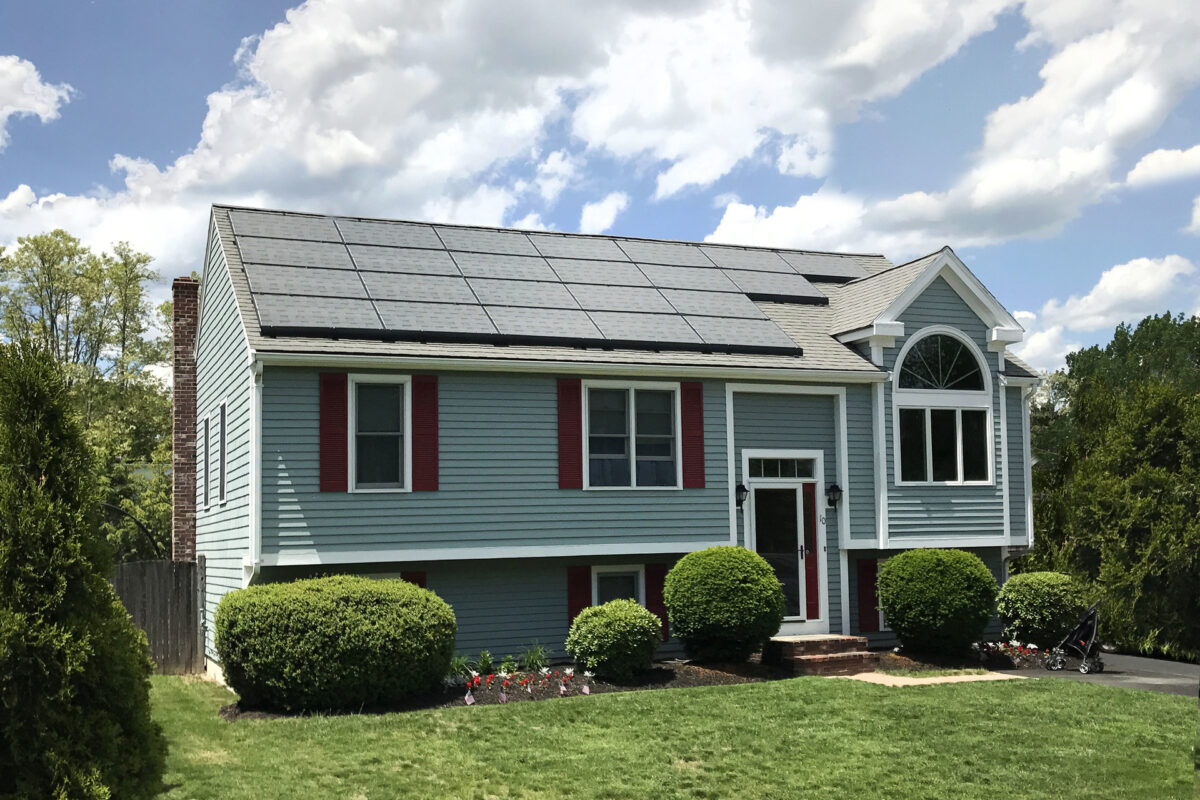


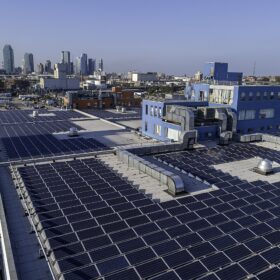
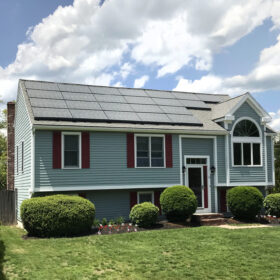
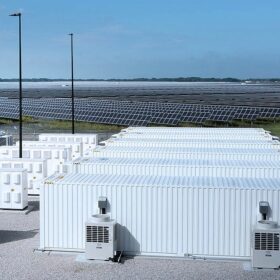

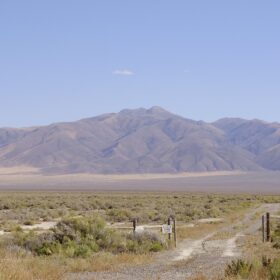
By submitting this form you agree to pv magazine using your data for the purposes of publishing your comment.
Your personal data will only be disclosed or otherwise transmitted to third parties for the purposes of spam filtering or if this is necessary for technical maintenance of the website. Any other transfer to third parties will not take place unless this is justified on the basis of applicable data protection regulations or if pv magazine is legally obliged to do so.
You may revoke this consent at any time with effect for the future, in which case your personal data will be deleted immediately. Otherwise, your data will be deleted if pv magazine has processed your request or the purpose of data storage is fulfilled.
Further information on data privacy can be found in our Data Protection Policy.